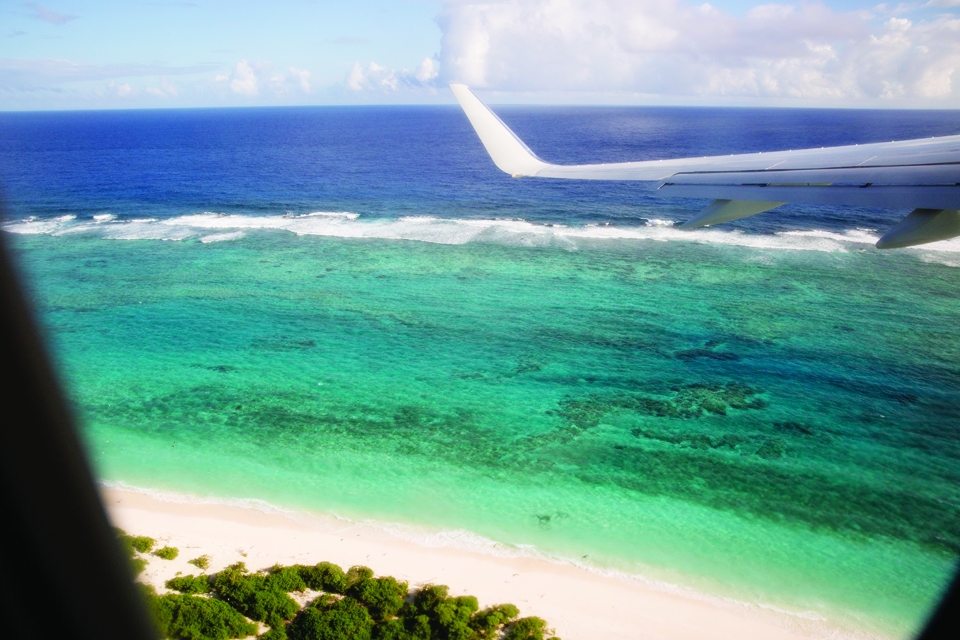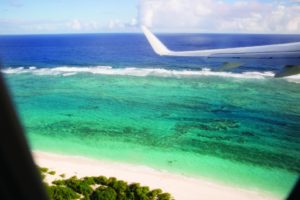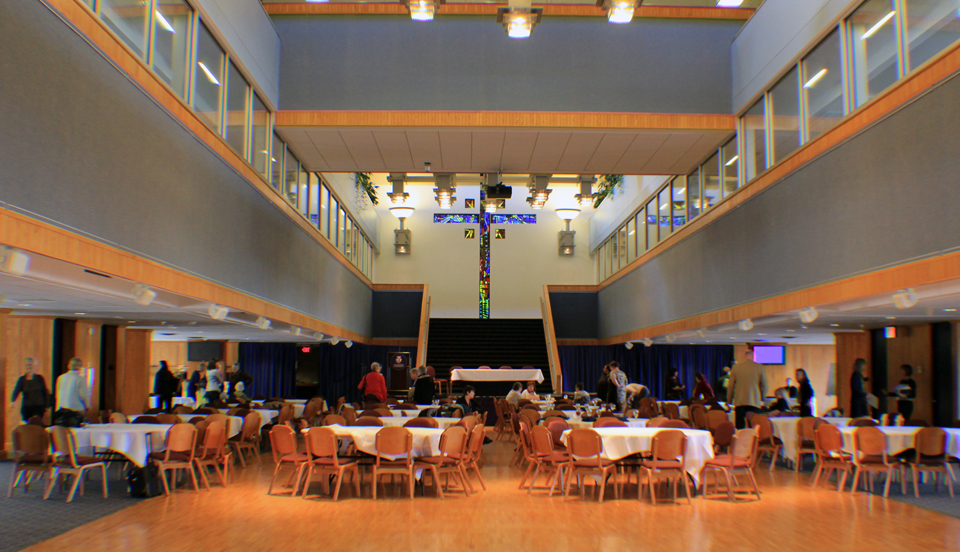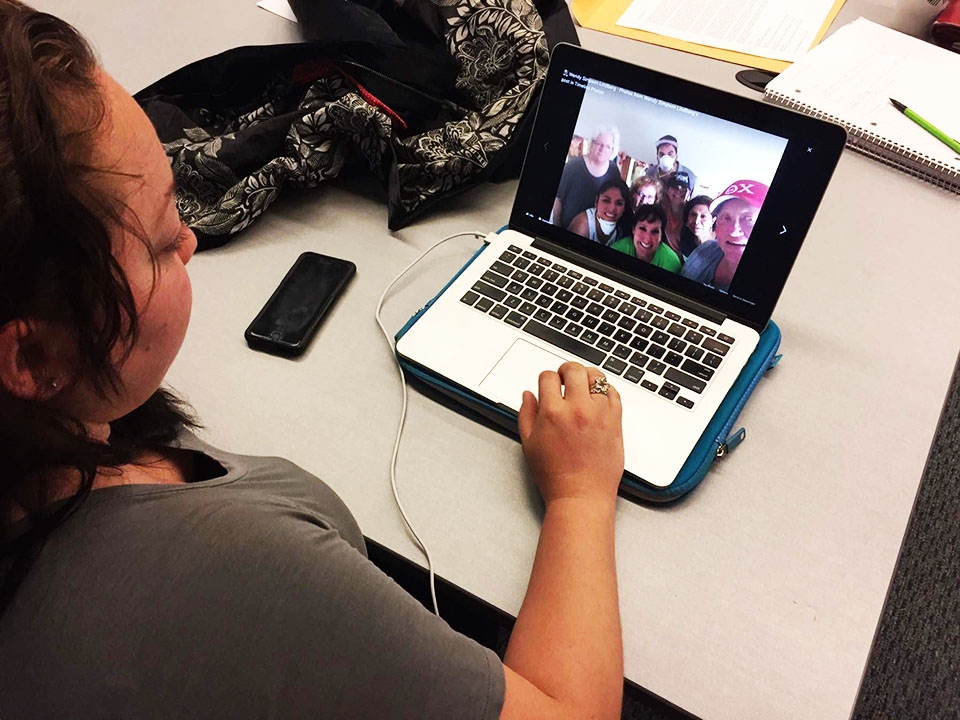

A portion of Midway Atoll in the Papahanaumokuakea Marine National Monument is seen from Air Force One.
By Shivani Gosai | Student Columnist
Far off in the coastal tides of the pacific oceans, near the islands of Hawaii and deep beneath the teal water, resides the most magnificent animals and ecosystems on the planet. This untouched, biologically rich area is Papahānaumokuākea Marine National Monument.
Encompassing 139,797 square miles, it is the largest marine conservation area in the world. The area, larger than all of the United States’ national parks combined, will be expanded even more under the direction of President Barack Obama.
On Aug. 26, President Obama signed a proclamation to expand the Papahānaumokuākea Marine National Monument.
The expansion also is expected to make the area more resilient to climate change-related threats, including rising sea levels, warming ocean temperatures and acidification.
Conservation and protection of our oceans is essential because they are the largest life support system, as well as the largest ecosystem on Earth. According to the Marine Conservation Institute, oceans generate half of the oxygen people breathe, and they have the ability to absorb carbon dioxide from the atmosphere, which can reduce the impact of climate change.
Our oceans are at a major breaking point. Oceanographer Sylvia Earle states that our actions over the next 10 years will determine their health for the next 10,000 years. Many of the severe affects our oceans are facing are caused by humans, such as overfishing and pollution.
According to Joshua Reichart, chief architect and founder of various environmental organizations, such as the National Environmental Trust, overfishing has decimated many fisheries, where fish are caught and reared for commercial purposes. It has been reported that more than 90 percent of the world’s big fish, such as tuna and swordfish, are gone. Pollution, particularly involving plastics, is rampant and poses a significant threat to ocean life worldwide. The most serious effect on the oceans is the impact of rising temperatures and increased acidification, both the result of climate change.
Papahānaumokuākea Marine National Monument is home to more than 7,000 marine species, and only one quarter of those are found only around the Hawaiian islands. The environment around and inside the monument is an important habitat for rare species. Species such as the endangered Hawaiian monk seal, Galapagos shark, green turtle and the 4,000 year old Feathery black coral all reside in the protected area. There are four species of bird found nowhere else in the world except at the land areas in the monument. One of the species is the Laysan duck, which is the world’s most endangered duck.
However that is not all that needs to be done to protect our oceans’ health.
“Setting aside marine sanctuaries in and by itself isn’t going to have an effect on climate change one way or the other,” said Mark Readon, Assistant Curator of Conservation Education at the Pittsburgh Zoo & Aquarium. “Until we have global reduction of greenhouse gasses, the problems associated with climate change will continue and will most likely become worse. However, by setting aside sanctuaries for marine life, we are able to relieve marine life of some of the stresses that they face as a result of over-consumption, pollution and climate change.”
There are multiple ways we can maintain ocean health, the first being setting up marine sanctuaries so that the remaining species can continue to grow and the ecosystem can regain function. We also need to curb overfishing. According to Reichart, we must prevent the destruction of essential habitat needed to sustain ocean life by banning the most destructive fishing gear and practices. The most effective way to accomplish this is by establishing marine reserves where no fishing and other extractive activities are allowed.
Papahānaumokuākea is of great cultural and spiritual importance to Native Hawaiians, its name stemming from Hawaiian mythology. The name commemorates two Hawaiian ancestors, whose stories serve as a reminder of the connection between man and nature and our responsibility to take care of our environment. Just like the Native Hawaiians, we should learn to cherish and respect our planet, and the natural resources we have been gifted.





Nice article. Thought provoking. What can we do? Some action points are to really reduce consumption (go vegan!) and make very sincere efforts to reduce waste, both food waste and plastic disposables. Thanks for the article!